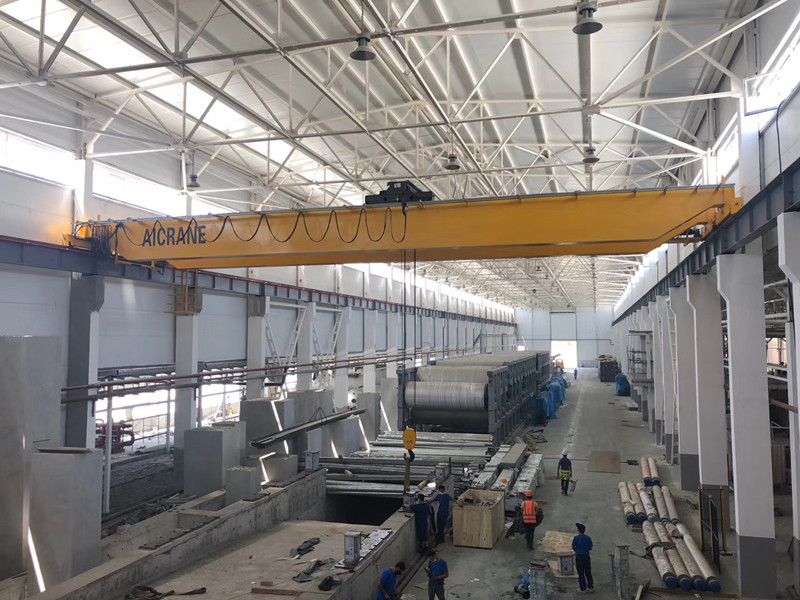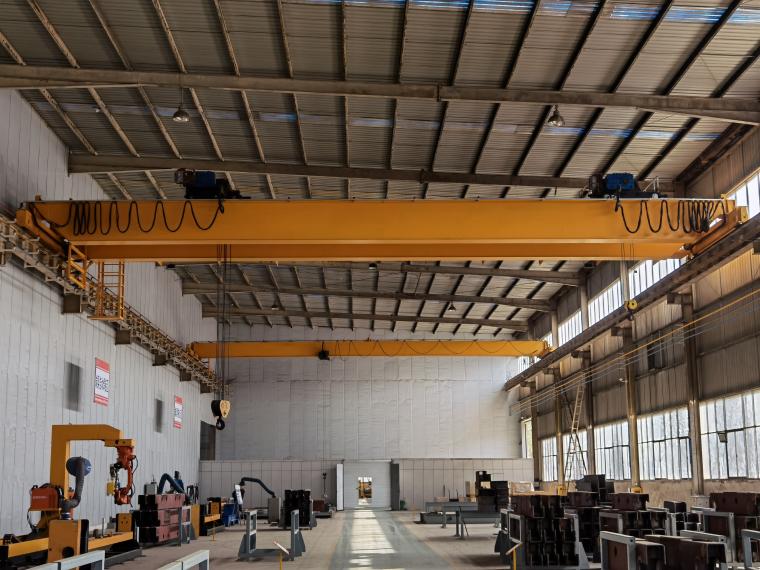Investing in a 30-ton overhead crane is a significant decision for any industrial operation. These powerful pieces of equipment are crucial for lifting and moving heavy loads efficiently within a facility. However, determining the price of a 30 ton overhead crane involves various factors that require careful consideration. In this article, we’ll explore the key elements that influence the price of a 30 ton overhead crane and provide insights to help navigate this important investment.
Understanding the Basics: What is a 30 Ton Overhead Crane?
A 30-ton overhead crane is a type of material handling equipment used to lift and transport heavy loads weighing up to 30 tons. It typically consists of a bridge, trolley, hoist, and runway system, which allows it to move horizontally and vertically within a designated area. These overhead bridge cranes are commonly used in industries such as manufacturing, construction, warehousing, and logistics, where heavy lifting tasks are frequent.

Factors Influencing the Price
- Capacity and Specifications: The lifting capacity of the crane is a significant factor influencing the 30 ton overhead crane price. A 30 ton overhead crane will naturally cost more than a crane with a lower lifting capacity. Additionally, specifications such as span length, lifting height, and operational speed can impact the overall cost.
- Customization Requirements: Customization options, such as specialized hoists, control systems, safety features, and additional accessories, can add to the cost of the crane. Tailoring the crane to specific operational needs may increase upfront expenses but can enhance productivity and safety in the long run.
- Installation and Site Preparation: The cost of installing a 30 ton overhead crane includes expenses related to site preparation, such as structural modifications, foundation work, and electrical wiring. Factors such as site accessibility, environmental considerations, and local regulations can also affect installation costs.
- Maintenance and Service Plans: It’s essential to consider the ongoing maintenance and service requirements of the crane when evaluating its price. Opting for a comprehensive service plan or warranty coverage may entail additional costs but can provide peace of mind and ensure the crane’s longevity and reliability.
- Supplier Reputation and Support: The reputation and reliability of the crane supplier are crucial considerations. Choosing a reputable supplier with a track record of quality products and excellent customer support can provide value beyond the initial purchase price. Suppliers that offer technical assistance, training programs, and responsive customer service contribute to a positive overall experience.

Budgeting and Cost Optimization Strategies
- Define Operational Needs: Clearly defining your operational requirements and goals will help narrow down options and avoid unnecessary expenses. Assessing factors such as load characteristics, duty cycle, and workflow patterns will guide decisions regarding crane capacity and specifications.
- Compare Quotes and Specifications: Request quotes from multiple crane suppliers and compare them based on specifications, features, and pricing. Pay attention to any variations in pricing and ensure that quotes include all relevant components, services, and potential additional costs.
- Consider Total Cost of Ownership: Look beyond the initial purchase price and consider the total cost of ownership over the crane’s lifespan. Factors such as maintenance, energy efficiency, downtime, and resale value can significantly impact long-term costs and should be factored into the decision-making process.
- Explore Financing Options: Investigate financing options available for acquiring a 30-ton overhead crane, such as leasing, financing plans, or equipment rental. Working with financial institutions or crane suppliers that offer flexible payment terms can help manage upfront costs and align expenses with cash flow.
Conclusion
Determining the price of a 30 ton double girder overhead crane involves a thorough assessment of various factors, including capacity, customization requirements, installation, maintenance, and supplier support. By understanding these factors and implementing cost optimization strategies, businesses can make informed decisions and navigate their investments effectively. Ultimately, investing in a high-quality 30-ton overhead crane tailored to specific operational needs is a crucial step towards enhancing productivity, efficiency, and safety in industrial environments.